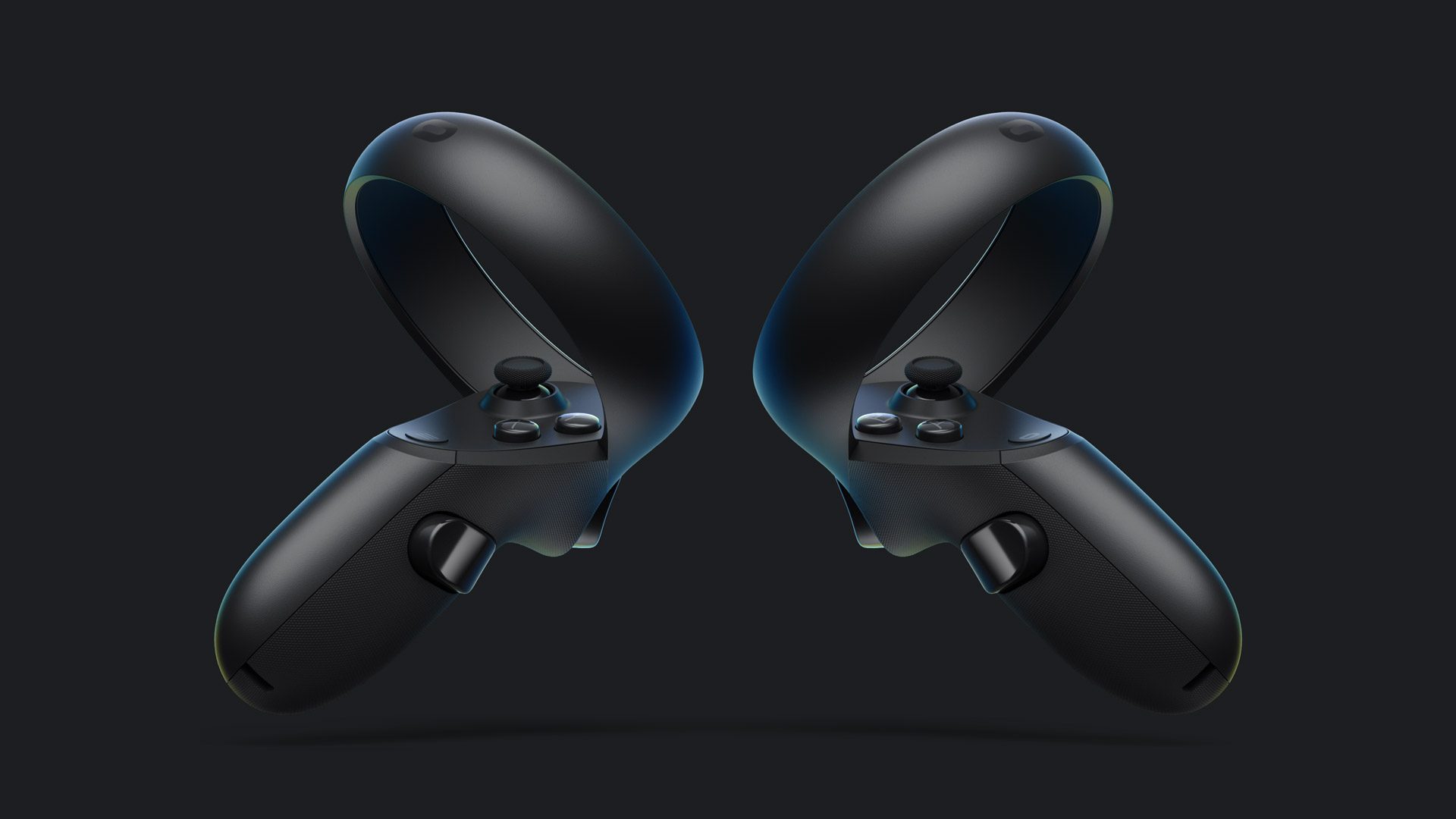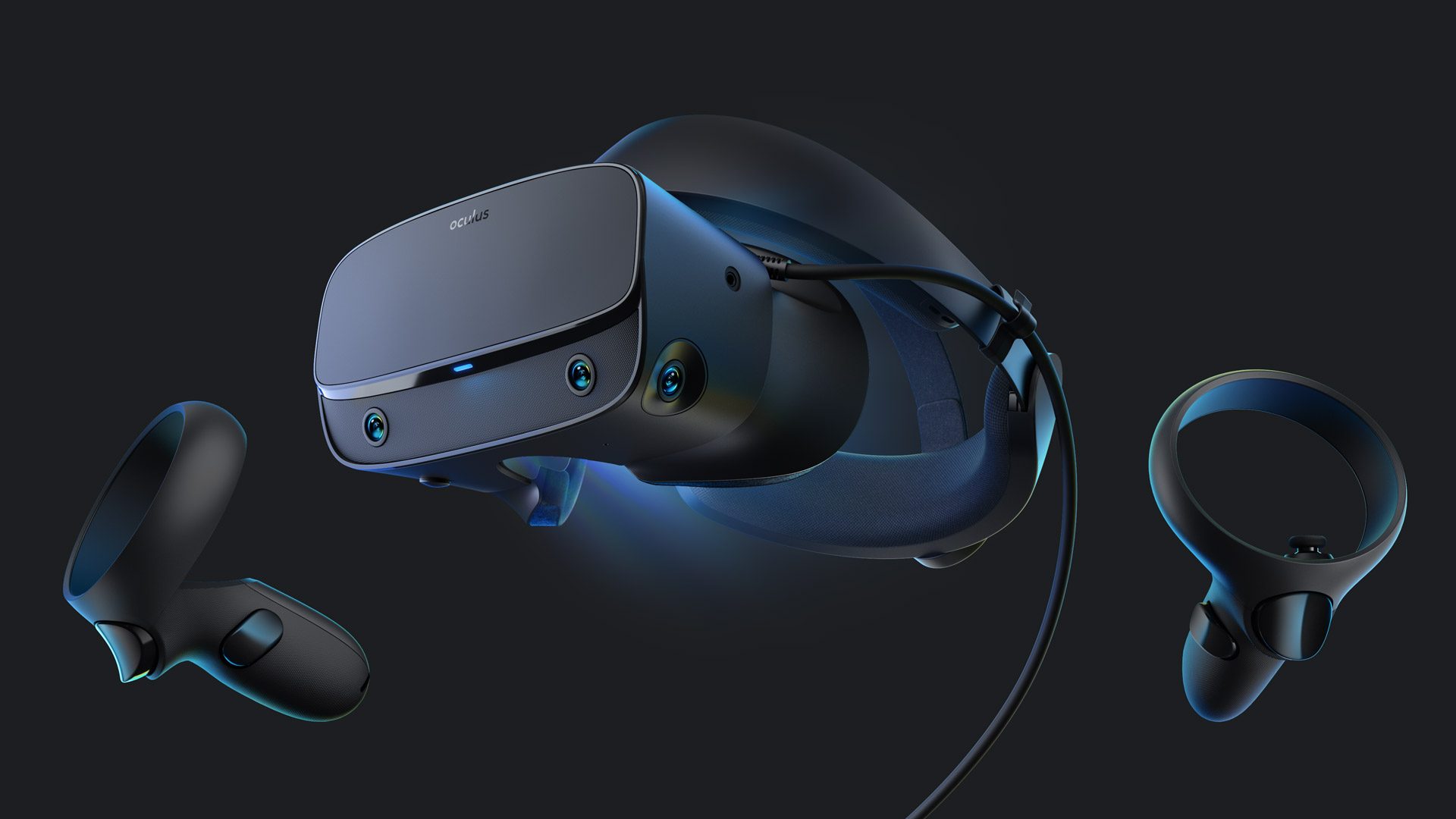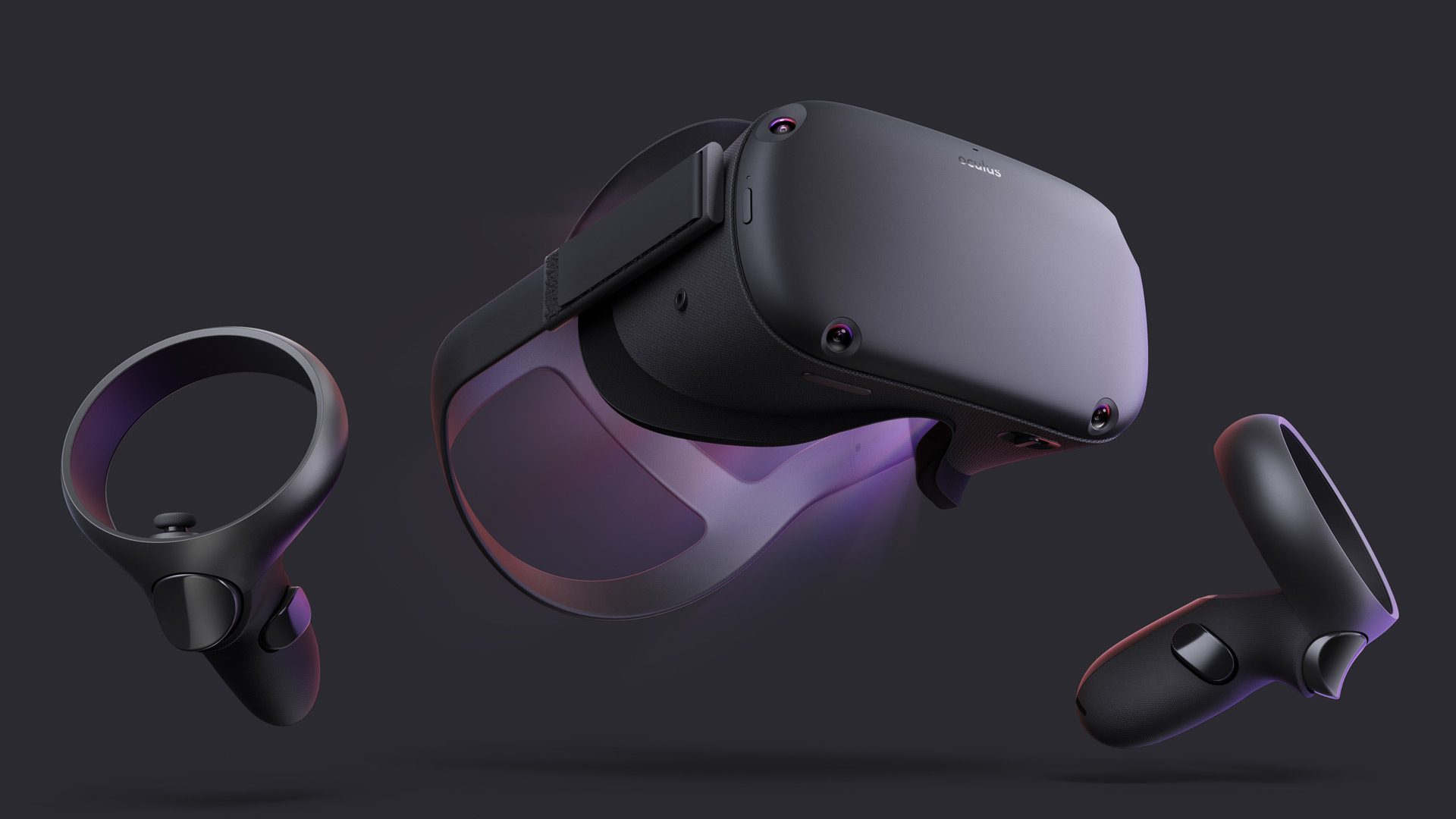Oculus has announced Rift S, the headset’s fabled hardware refresh that brings with it a modest spec bump and a few other changes to the original Rift that the company hopes will appeal to new entrants in PC VR gaming. With the standalone headset Oculus Quest and Rift S both selling for the same $400 price tag and coming at some point this Spring, you might want to know what sets the two apart.
You’ll find the specs below, but if you haven’t really thought about either of the headset before, you may want to read the next few paragraphs before skipping on to compare hard numbers like screen resolutions and refresh rates.
To PC, or Not to PC?
Just like its 2016-era namesake, you’ll need a capable gaming PC to run Rift S. Although the headset features a modest bump in resolution, its LCD display has been clocked to 80Hz so that recommended specs are essentially unchanged between the new Rift S and the old Rift. That means a rig with an Nvidia GTX 1060 or AMD Radeon RX 480 or greater will be able to play most everything you can throw at it on Rift S. There’s a little more to it than that though, so here’s a handy guide on how to check if your computer is ready for VR first.
Unlike the PC-dependent Rift S, Oculus Quest is more like a console in the sense that you don’t need anything else besides the headset and supplied controllers—no computer required. This has a lot of benefits if you don’t already own a VR-capable PC, not to mention that Quest is easily portable.
Different App Library
Because Quest uses a mobile processor that’s much less powerful than the PC-powered Rift S, the two headsets don’t share the same game library. Rift S is compatible with everything in the original Rift catalog, but Quest has its own separate app library (also separate from Oculus Go). While some titles will be available on both Rift S and Quest (and can optionally support cross-buy if developers wish), don’t expect to play any old Rift-compatible game on Quest.
Shared Features
Thanks to Oculus ‘Insight’, a technology that uses the headsets’ outward-facing cameras for room tracking, users won’t need external sensors for either Rift S or Quest, both of which have full six degrees of freedom (6DOF) head and controller tracking.
That’s not all. The new Touch controllers are identical between Rift S and Quest, something developers ought to love since they can target a single controller scheme and produce a game for Rift, Rift S and Quest.

Side note: Both Rift S and Quest feature integrated open-ear audio. For noisier environments or just better auditory immersion, you should probably use a pair of external headphones.
Many of the games you’ll find on Quest will make it to Rift too, as Oculus has pledged to not only support cross-platform launch of Quest content to Rift, but also ‘cross-buy’ of said content, meaning you can buy a game once and be able to play it on either your Rift (S) or Quest if you happen to own both. It’s true some developers will decide to create Quest exclusives, or effectively disable cross-purchasing by pricing each version differently, although it seems at very least Oculus software partners and its first-party studio will be making sure both Rift and Quest get a measure of equal content moving forward.
That’s not to say Quest will be able to play all Rift games though; far from it. Developers have to specially port their PC VR game to play nice with Quest’s 72Hz display and modest Snapdragon 835 mobile chipset. For comparison, that’s the same chip you’ll find in the Samsung Galaxy S8 line from 2017. On the other hand, the Rift S has the horsepower of a whole gaming PC behind it, and can achieve richer graphics and more complex games because of it.
Oculus Rift S – Specs

- Pricing: $400
- Availability: Spring 2019
- Weight: A little more than Rift
- Audio: Integrated open-ear, 3.5mm audio jack for external audio
- Display:
- Resolution: 1,280 × 1,440 per-eye (2,560 × 1,440 total)
- Type: Single fast-switch LCD
- Refresh Rate: 80Hz
- Field of View: ‘Slightly larger than Rift’
- IPD Adjustment: Software only
- Tracking:
- Type: ‘Insight’ inside-out (no external sensors) – five cameras
- Capabilities: Supports 6 degrees of freedom head and controller tracking
- Recommended Environments: It should work in almost any lit indoor environment.
- Recommended Playspace: Oculus Rift S works with your environment, so you can play standing or sitting, in spaces big or small.
- Tether:
- Length: 5 meter
- Connections: DisplayPort 1.2 & USB
- Passthrough:
- Passthrough+: Low latency stereo-correct passthrough video
- Guardian: Boundaries traced from inside headset using passthrough
- Recommended PC Specs: Same as Rift except need DisplayPort 1.2 or later and just one USB 3.0 port instead of three
Oculus Quest – Specs

- Pricing: $400
- Availability: Spring 2019
- Weight: ~100g more than Rift (470g)
- Audio: Integrated open-ear, two 3.5mm audio jacks for external audio
- Display:
- Resolution: 1,440 × 1,600 per-eye (2,880 × 1,600 total)
- Type: Dual OLED
- Refresh Rate: 72Hz
- Field of View: ~100 degrees (unconfirmed speculation)
- IPD Adjustment: Hardware adjustable
- Tracking:
- Type: ‘Insight’ inside-out (no external sensors) – four cameras
- Capabilities: Supports 6 degrees of freedom head and controller tracking
- Recommended Environments: It should work in almost any lit indoor environment.
- Recommended Playspace: Oculus Quest works with your environment, so you can play standing or sitting, in spaces big or small.
- Compute:
- No tether: On-board Qualcomm Snapdragon 835 and active cooling
- Battery: 2–2.5 hours battery life
- Passthrough:
- Passthrough: Supported
- Guardian: Boundaries traced from inside headset using passthrough (Multi-room Guardian system)





